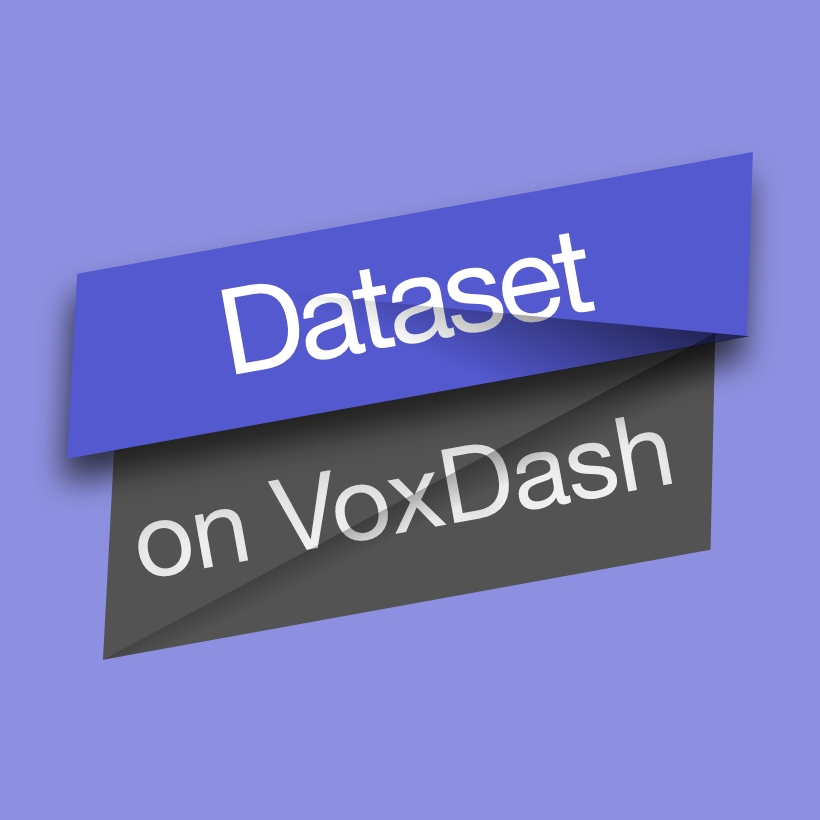Filter By
Data Projects
The survey was designed to gauge Georgian-speaking residents of the Republic of Georgia's knowledge of and attitudes toward the European Union.
Omnibus surveys combine questions from different organizations and researchers into a single survey. This enables data collection at significantly reduced costs compared with commissioning an entire survey. CRRC Georgia offers a quarterly omnibus survey. CRRC's Omnibus has an achieved sample size of 1000 respondents, is conducted face to face, and is nationally representative. Demographic cross tabulations are provided for each question, including age, sex, education level, employment status, and settlement type (Capital, other urban, rural).
Omnibus surveys combine questions from different organizations and researchers into a single survey. This enables data collection at significantly reduced costs compared with commissioning an entire survey. CRRC Georgia offers a quarterly omnibus survey. CRRC's Omnibus has an achieved sample size of 1000 respondents, is conducted face to face, and is nationally representative. Demographic cross tabulations are provided for each question, including age, sex, education level, employment status, and settlement type (Capital, other urban, rural).
The Covid-19 crisis has had wide ranging implications and impacts for the world. These range from how economies work (or don’t) to how people socialize. As a result of the crisis, policy makers had to make a wide range of decisions on closing down businesses to imposing restrictions on the freedom of movement. In support of enabling informed decision making, CRRC Georgia conducted six waves of data collection between late April and early June, with the financial support of the Embassy of the Kingdom of the Netherlands in Tbilisi.
The Covid-19 crisis has had wide ranging implications and impacts for the world. These range from how economies work (or don’t) to how people socialize. As a result of the crisis, policy makers had to make a wide range of decisions on closing down businesses to imposing restrictions on the freedom of movement. In support of enabling informed decision making, CRRC Georgia conducted six waves of data collection between late April and early June, with the financial support of the Embassy of the Kingdom of the Netherlands in Tbilisi.
The Caucasus Barometer (CB) is a bi-annual nationwide household survey conducted by CRRC offices in the South Caucasus. It is the longest-running continuous survey data collection in the region that makes all its data available for public use. Since 2004, CRRC has interviewed around 45,000 Armenia, Azerbaijan, and Georgia residents on socio-economic issues, values, beliefs, and political attitudes. Starting from 2015, Caucasus Barometer has been administered in Armenia and Georgia.
The Caucasus Barometer (CB) is a bi-annual nationwide household survey conducted by CRRC offices in the South Caucasus. It is the longest-running continuous survey data collection in the region that makes all its data available for public use. Since 2004, CRRC has interviewed around 45,000 Armenia, Azerbaijan, and Georgia residents on socio-economic issues, values, beliefs, and political attitudes. Starting from 2015, Caucasus Barometer has been administered in Armenia and Georgia.
We surveyed 11,001 U.S. adults online – including 9,114 registered voters – in July and August 2020. Everyone who took part is a member of Pew Research Center’s American Trends Panel (ATP), an online survey panel that is recruited through national, random sampling of residential addresses. This way nearly all U.S. adults have a chance of selection. The survey is weighted to be representative of the U.S. adult population by gender, race, ethnicity, partisan affiliation, education and other categories. Read more about the ATP’s methodology. We also surveyed 1,750 U.S. adults by telephone – including 1,455 registered voters – in July and August 2020. The surveys were conducted in both English and Spanish over the phone under the direction of Abt Associates. Respondents to this survey were randomly selected via a combination of landline and cell phone random-digit-dial samples. To ensure that the results of this survey reflect a balanced cross-section of the nation, the data are weighted to match the U.S. adult population by gender, age, education, race and ethnicity and other categories.
Roughly one-in-five U.S. adults were raised with a mixed religious background, according to a new Pew Research Center study. This includes about one-in-ten who say they were raised by two people, both of whom were religiously affiliated but with different religions, such as a Protestant mother and a Catholic father, or a Jewish mother and a Protestant stepfather. An additional 12% say they were raised by one person who was religiously affiliated (e.g., with Protestantism, Catholicism, Judaism or another religion) and another person who was religiously unaffiliated (atheist, agnostic or “nothing in particular”).
The CPS is the U.S. Government's monthly survey of unemployment and labor force participation. The BLS maintains a CPS Home Page with a great deal of information about the survey and the Census Bureau provides access to downloads of recent data. The CPS basic monthly files contain information on labor force status but do not contain the full income and demographic data contained in the March supplements, nor do they contain usual hours or wages except for the households in the outgoing rotation group. A housing unit in the CPS is interviewed for four consecutive months and then dropped out of the sample for the next eight months and is brought back in the following four months. So, in any given month, one-eighth of the housing units are interviewed for the first month. When the system has been in operation for a full year, four of the eight rotation groups for any month will have been in the survey for the same month, one year ago. Matching information and Stata .do files from NBER Working Paper T0247 by B. Madrian and L. J. Lefgren are available for March-to-March Annual Demographic File matches but can be modified for use in matching CPS Basic Monthly Data. Census Technical Paper such as 66 and 63 contains more information about Design and Methodology.




